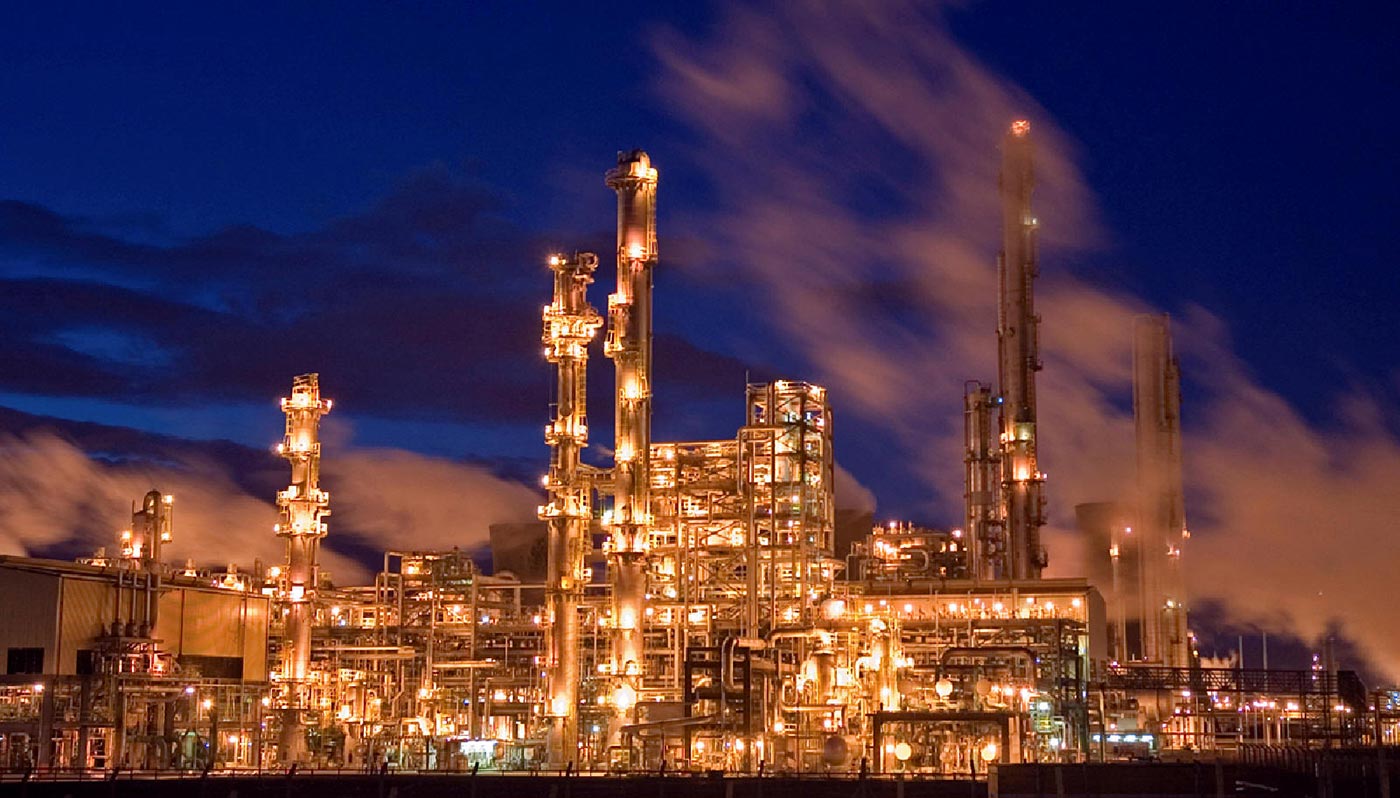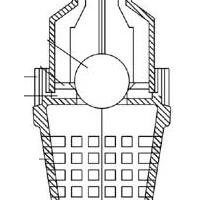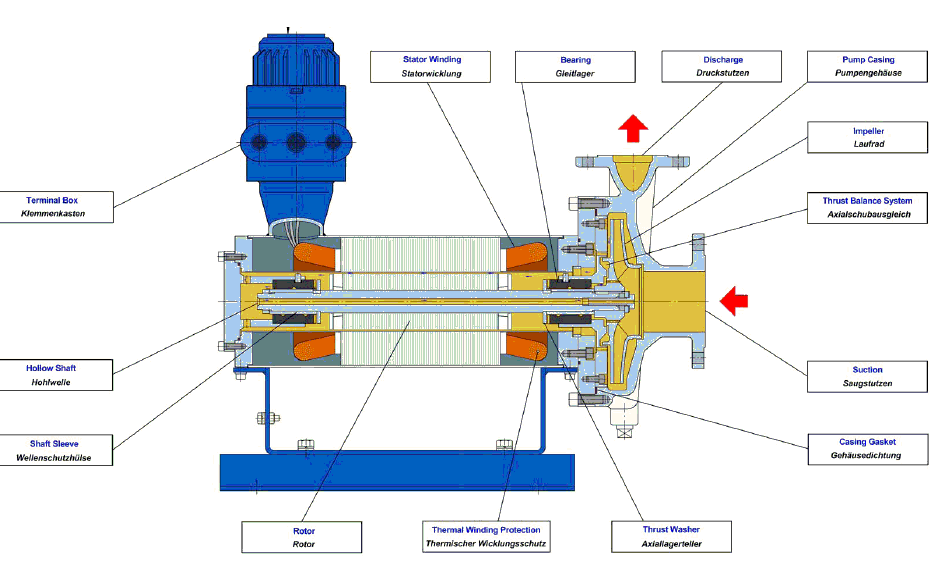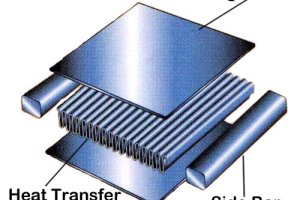Table of content:
What is cavitation in pumps?
Cavitation test in pumps
What is cavitation in pumps?
Cavitation is a phenomenon that occurs in pumps when the...
Author - Faisal Shaikh
Therefore, it is important to address pump vibration promptly and effectively. By monitoring and diagnosing the cause of pump vibration, maintenance personnel...
Table of content:
What is a vacuum pump?
Types of vacuum pumps
How does a vacuum pump work?
Parts of vacuum pump
What is a vacuum pump?
A vacuum pump is a...
By applying the pump affinity laws, it is possible to calculate the expected flow rate, head, and power consumption of a pump at a different speed or impeller...
This means that the pump remains full of fluid and is able to start up easily without any air pockets. Without a foot valve, the pump may lose its prime and...
This makes it suitable for handling hazardous or corrosive fluids. Additionally, canned pumps offer several benefits such as improved efficiency, reduced...
Heat Exchanger Design
Design of an exchanger involves various types of complex design calculations. Check the post to study the basics of heat...
The purpose of discussing the heat exchanger area is to provide insight and understanding into the key aspect of heat transfer design and performance. The area...
Table of content:
Kettle Type Reboiler Working Principle
Types of Kettle Reboilers
Design of Kettle Reboilers
Kettle Type Reboiler Applications
Kettle Type...
Table of Content:
Why are baffles provided in heat exchangers?
Types of Baffles
Baffle Cut
Baffle Spacing
Baffle Clearance
Why are baffles provided in heat...
Table of Content:
What is Spiral Heat Exchanger?
Spiral Heat Exchanger Working Principle
Applications of Spiral Heat Exchanger
What is Spiral Heat...
Table of Content:
How do Plate Fin Heat Exchangers Work?
Plate Fin Heat Exchanger Design
Plate Fin Heat Exchanger Applications
How do Plate Fin Heat Exchangers...








